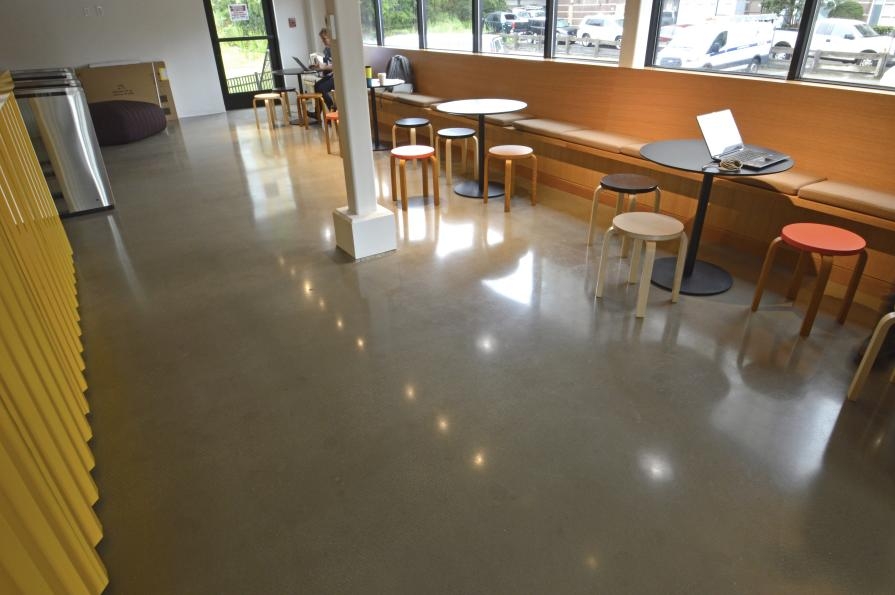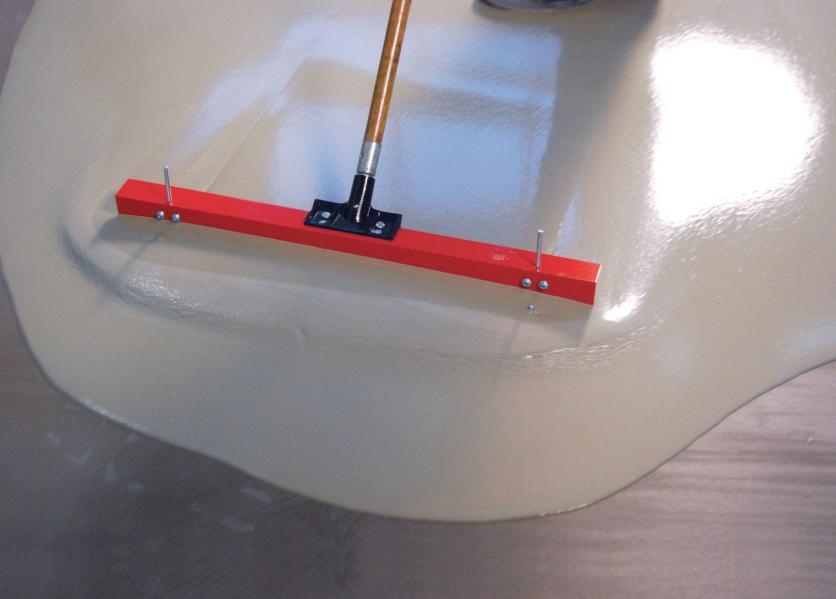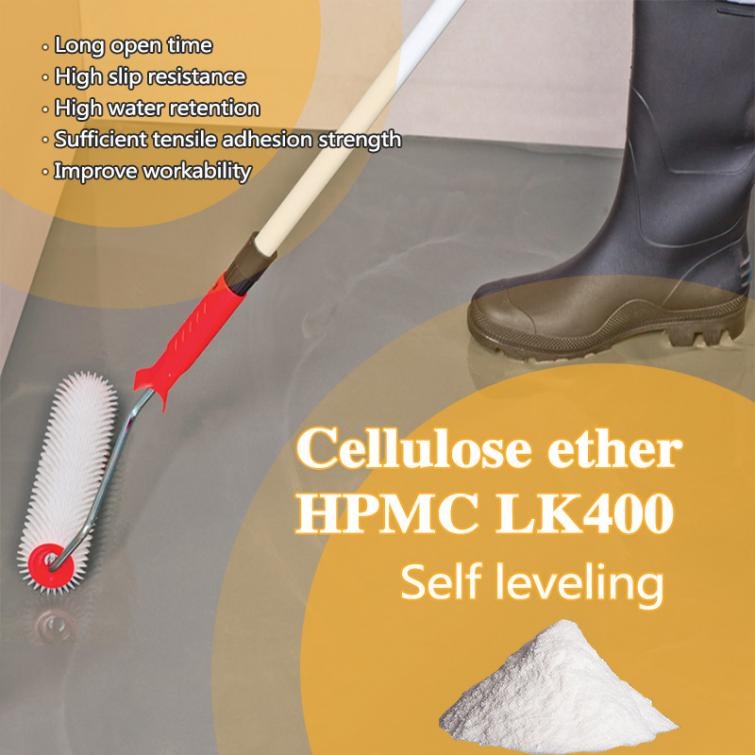Self-leveling mortar can rely on its own weight to form a flat, smooth and solid foundation on the substrate for laying or bonding other materials. It can also carry out efficient construction over a large area. High fluidity is a very significant feature of self-leveling mortar. ; In addition, it must also have certain water retention and bonding strength, not produce water segregation, and have the characteristics of heat insulation and low temperature rise.

Generally, self-leveling mortar requires good fluidity. Cellulose ether is a major additive for ready-mixed mortar. Although the addition amount is very low, it can significantly improve the performance of the mortar. It can improve the consistency, working performance, and Adhesion properties and water retention properties, etc. It plays an important role in the field of ready-mixed mortar.
Fluidity
Cellulose ether has an important impact on the water retention, consistency, and construction performance of self-leveling mortar. Especially for self-leveling mortar, fluidity is one of the main indicators for evaluating self-leveling performance. On the premise of ensuring the normal composition of the mortar, the fluidity of the mortar can be adjusted by changing the amount of cellulose ether. However, too high a dosage will reduce the fluidity of the mortar, so the dosage of cellulose ether should be controlled within a reasonable range.

Water retention
Mortar water retention is an important indicator to measure the stability of the internal components of fresh cement mortar. In order to fully carry out the hydration reaction of the gel material, a reasonable amount of cellulose ether can maintain the moisture in the mortar for a long time. Generally speaking, the water retention rate of the slurry increases with the increase in the content of cellulose ether. The water-retaining function of cellulose ether can prevent the substrate from absorbing too much water too quickly and hinder water evaporation, thus ensuring that the slurry environment provides sufficient water for cement hydration. In addition, the viscosity of cellulose ether also has a great influence on the water retention of mortar. The higher the viscosity, the better the water retention. Cellulose ethers with a general viscosity of 400 mpa.s are mostly used in self-leveling mortars, which can improve the leveling performance of the mortar and improve the density of the mortar.

Time of coagulation
Cellulose ether has a certain retarding effect on mortar. As the content of cellulose ether increases, the setting time of the mortar increases. The retarding effect of cellulose ether on cement slurry mainly depends on the degree of substitution of alkyl groups and has little relationship with its molecular weight. The smaller the alkyl substitution degree, the greater the hydroxyl content, and the more obvious the retarding effect. And the higher the content of cellulose ether, the more obvious the complex film layer is in retarding the early hydration of cement, and therefore, the more obvious the retarding effect is.
Flexural strength and compressive strength
Strength is one of the important evaluation indicators for the solidification effect of cement-based cementitious materials on the mixture. As the content of cellulose ether increases, the compressive strength and flexural strength of the mortar will decrease. It needs to be controlled within a certain reasonable range.
Bonding strength
Cellulose ether has a great influence on the bonding properties of mortar. Cellulose ether forms a polymer film with a sealing effect between the cement hydration particles in the liquid phase system, which promotes more water in the polymer film outside the cement particles, which is conducive to the complete hydration of the cement, thus improving the Bond strength after hardening of slurry. At the same time, an appropriate amount of cellulose ether enhances the plasticity and flexibility of the mortar, reduces the rigidity of the transition zone between the mortar and the base material, and reduces the sliding ability between the interfaces. To a certain extent, the bonding effect between the mortar and the base material is enhanced. In addition, due to the presence of cellulose ether in the cement slurry, a special interface transition zone and interface layer are formed between the mortar particles and the hydration products. This interface layer makes the interface transition zone more flexible and lower rigidity. Therefore, , so that the mortar has strong bonding strength.
Post time: Feb-02-2024





